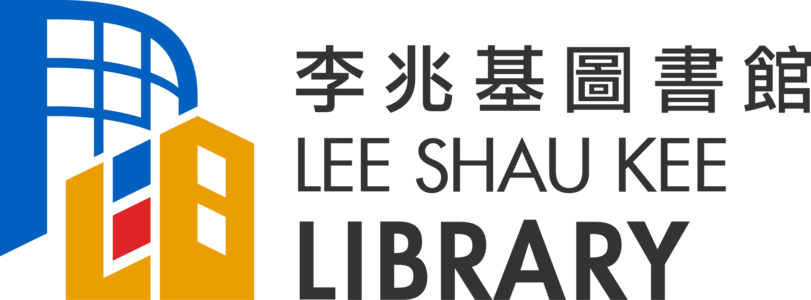Leakage of Scholarly Content: Plug or Transform?
Academic publishing companies try to plug “content leakage” caused by article sharing websites like Sci-Hub and ResearchGate. Is plugging a good solution when there is a strong need for scholarly papers behind paywalls?


